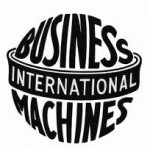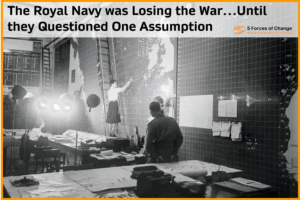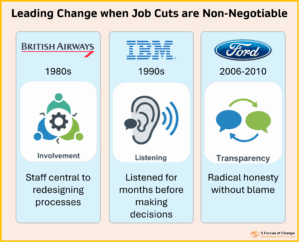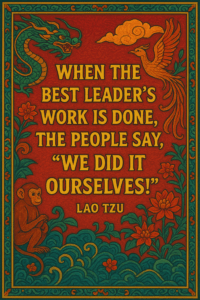Most of us have heard the story of the boiled frog. If you drop a frog in hot water it will jump out, but if you put it in cold water and then slowly heat it up the frog stays put until it gets so hot it dies. It is story used to instil fear into business leaders about the dangers of not responding to environmental change, especially slow change, and, as a result, being killed off by the competition. It is a principle that is well understood by IBM, an organisation turns 100 this week, that has reinvented itself more than once.
IBM started out in 1911 as CTR which manufactured weighing scales, automatic meat slicers, coffee grinders, and, most importantly for its later development, punch ard equipment. In the 1930s and 1940s, IBM was at the forefront of the development of the modern computer, releasing the first commercially successful computer in 1953. The last 50 years has seen the company reach record high and record lows. In 1964, it took what Fortune Magazine dubbed “IBM’s $5 billion gamble” in departing from its monolithic mainframes to introduce the IBM 360 family of products, which eventually became what we would now recognise as a PC. In the 1980s and 1990s the IBM PC was copied by a raft of cut-price competitors culminating in an IBM posting an annual net loss of $8bn. This ushered in the arrival of Lou Gerstner, the first outsider to become CEO and the man that led them successfully into the next two IT revolutions; networked computing and e-business.
One of IBM’s most significant transformations began in 1992 with the formation of the IBM Consulting Group. 10 years later, IBM acquired the consulting arm of PwC Consulting for $3.5 billion adding 30,000 consultants to its existing 30,000 creating IBM Business Consulting Services. Whilst IBM continues to lead the way in the development of IT hardware, it has undergone a quiet transformation to become one of the world’s leading professional services businesses.
So what has held IBM together through good times and bad? How has it thrived in an IT industry that that is a constant state of flux?
When you head into uncharted waters, as IBM has done several times in its history, it helps to have a compass. When it comes to transforming a business, the answer, according to many inside IBM, is the strength of their character and culture, most notably a dedicated focus to a core set of values going back to the early days of the company.
In 1963, Thomas J. Watson, Jr. (then IBM Chief Executive) wrote about IBMs ‘beliefs’, stating in “I firmly believe that any organisation in order to survive and achieve success, must have a sound set of beliefs on which it premises all its policies and actions. Next, I believe that the most important single factor in corporate success is faithful adherence to those beliefs.”
In 2003, IBM undertook the first reexamination of its values in nearly 100 years. Through “Values-Jam,” an unprecedented 72-hour discussion on IBM’s global intranet, IBM staff came together to define the essence of the company. The was a set of core values, defined by their people for their people, that shape the way they lead, the way they decide, and the way they act.
Sam Palmisano, the current IBM Chairman and CEO says, “IBM has reinvented itself many times. But through it all, its DNA, its soul remained intact… IBM’s most important innovation wasn’t a technology or management system. Its revolutionary idea was to define and run a company by a set of strongly held beliefs.”
It is these beliefs that have carried IBM through generations of change and gave them the confidence to take the brave and difficult choice to transform themselves from a manufacturer of meet slicers to the world’s leading computer hardware organisation and into a professional service firm. Happy birthday IBM and many more to come!
See www.ibm.com






